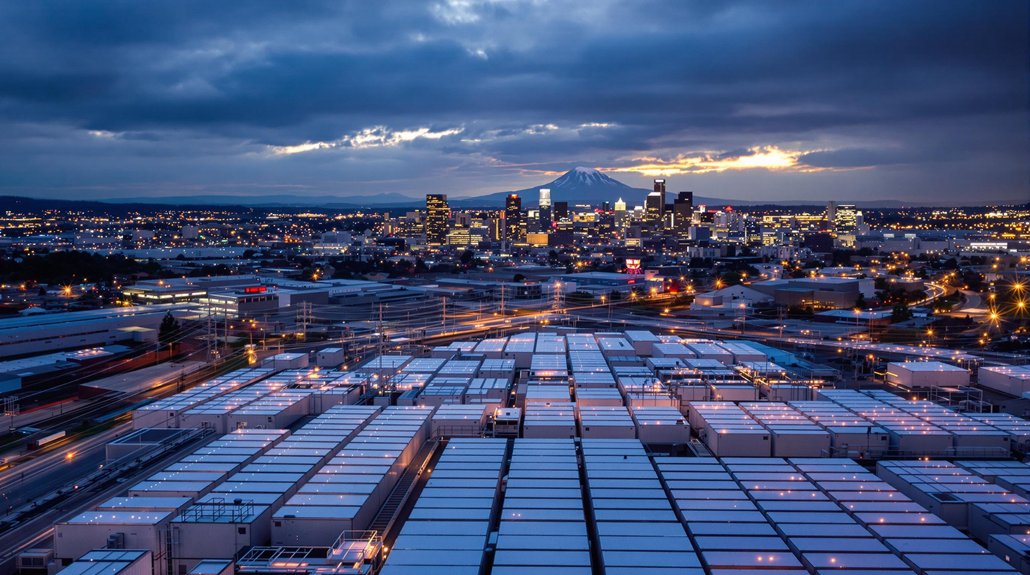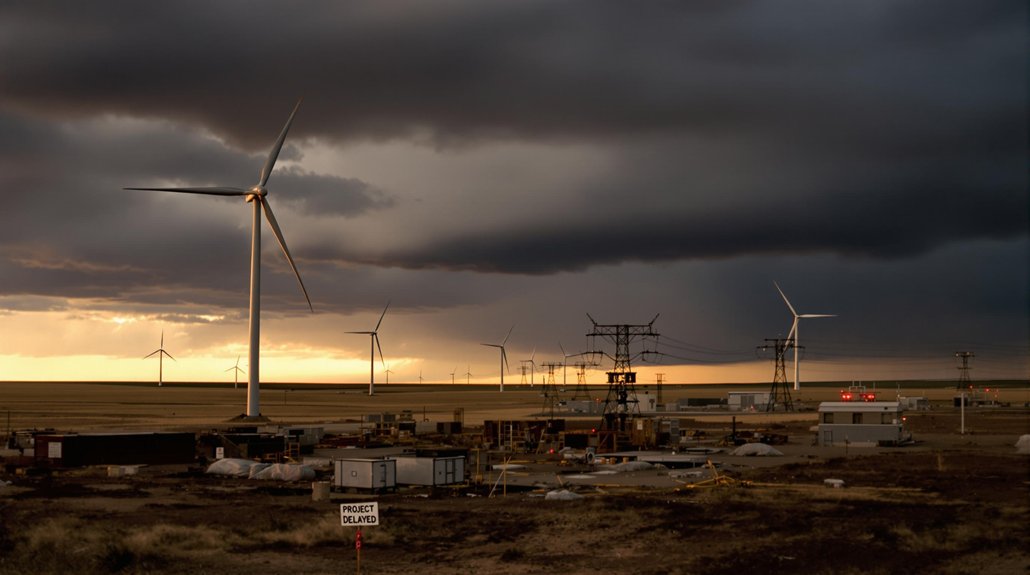Australia faces a steep challenge as scientific models show the country needs to slash emissions by 85-90% below 2005 levels by 2035 to meet Paris Agreement goals. This target goes well beyond the current legislated goal of 43% reduction by 2030. The Climate Change Authority is now working on advice for this 2035 target, which must be submitted to the international community by 2025.
Several states have already set ambitious goals. Victoria aims for 75-85% cuts, while Queensland targets 75% and New South Wales 70%. These state efforts show progress but need to speed up dramatically to achieve national success by the mid-2030s.
Current policies would only achieve a 54% reduction by 2035, leaving a huge gap to reach the 85% goal. Meeting the target means Australia must triple its annual rate of emissions reduction compared to what’s been achieved since 2005. This requires a complete overhaul of energy generation, widespread electrification of transport and industry, and major changes in land management. The transition toward renewable energy sources will be critical, as they naturally replenish unlike the fossil fuels currently dominating Australia’s energy landscape.
Economic benefits could be substantial. An ambitious 2035 target would create jobs in clean energy, boost Australia’s standing in global markets, and protect trade relationships as other countries implement carbon border measures. The shift also helps communities become more resilient to extreme weather and health risks. Current climate projections indicate a 2.7°C increase by 2100 with existing global policies, highlighting the urgency for Australia to adopt more ambitious targets.
The biggest hurdles include updating old infrastructure, developing new skills, and deploying technologies at a massive scale. Both government and business must coordinate policies and incentives to support rapid decarbonization, especially in sectors that have been slow to change like heavy industry, agriculture, and transport. Initial advice from the Climate Change Authority suggests a target range of 65% to 75% reduction by 2035, though this falls short of what climate science indicates is necessary.
If successful, Australia would join global leaders in climate action and help preserve crucial natural treasures like the Great Barrier Reef. The country’s next move on emissions targets will face intense international scrutiny as nations worldwide race to address climate change. This 2035 target represents both a challenge and an opportunity Australia can’t ignore.
References
- https://www.aph.gov.au/DocumentStore.ashx?id=3ed7ed93-669e-48d3-b25f-eccbb3d8d5ed&subId=765200
- https://www.oxfordeconomics.com/resource/setting-a-2035-emissions-target-is-hard-but-achieving-it-will-be-much-harder/
- https://www.climatechangeauthority.gov.au/2035-emissions-reduction-targets
- https://climateactiontracker.org/publications/mid-year-check-on-2035-climate-plans/
- https://www.climateworkscentre.org








